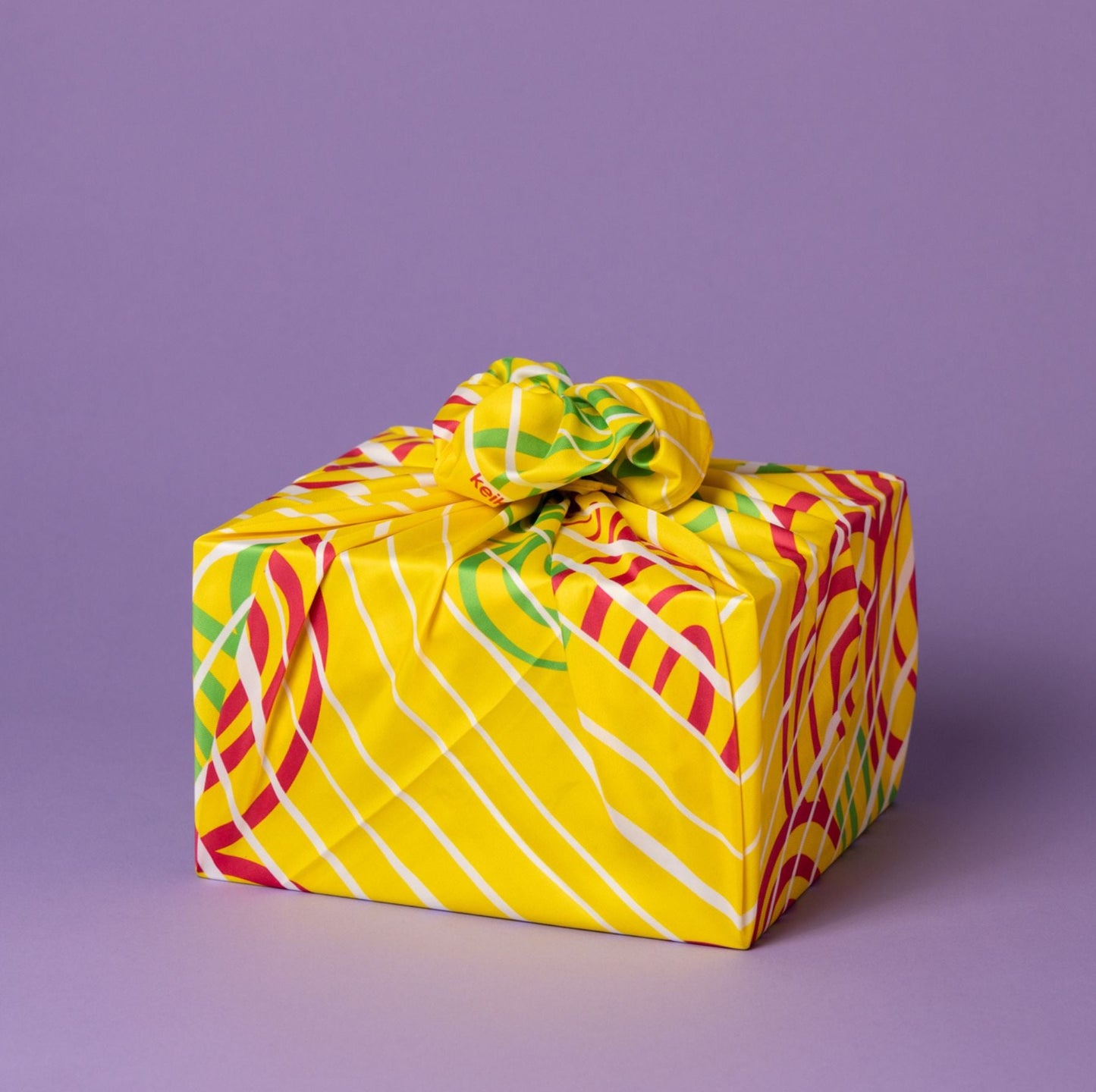
5 Traditional Japanese Textile Techniques Used in Furoshiki Wrapping
Japan, a land renowned for its rich cultural tapestry, has woven an intricate legacy through its traditional textiles and techniques. From the vibrant hues of Shibori to the delicate art of Yuzen, these methods are not just crafts; they are windows into history and avenues for self-expression. As we delve into the world of Japanese textiles and techniques, we'll discover how they have lent their magic to the timeless art of Furoshiki wrapping, adding depth and charm to this cherished tradition.
Shibori: The Art of Tied and Dyed Marvels
Imagine a canvas of fabric brought to life with intricate patterns, each stitch and tie an expression of creativity. Welcome to the world of Shibori, a tie-dye technique that celebrates the magic of transformation. With methods ranging from Arashi (pole wrapping) to Itajime (shape resist), each Shibori style has its own personality. Furoshiki wrapping embraces the spirit of Shibori, infusing gifts with the vibrancy and allure of these captivating designs.

Yuzen: Painting Dreams on Fabric
Yuzen is a masterful fusion of art and craft, where textiles become canvases for intricate paintings. This technique involves hand-painting or stencil-dyeing fabric with vibrant dyes, creating mesmerizing motifs that tell stories. From delicate florals to graceful landscapes, Yuzen brings dreams to life on fabric. When used in Furoshiki wrapping, it elevates the act of gift-giving to an art form, where the wrap itself becomes a cherished keepsake.
Kasuri: Threads That Weave Stories
In the realm of textiles, Kasuri stands as a testament to meticulous craftsmanship. It involves the deliberate arrangement of dyed threads during weaving, resulting in intricate patterns that seem to whisper tales of tradition. Furoshiki wrapping adorned with Kasuri patterns adds a touch of history to your gifts, connecting the past and present through the threads of artistry.
Bingata: A Burst of Colorful Expression
Originating in Okinawa, Bingata is a technique that celebrates vibrant colors and bold patterns. This resist-dyeing method involves intricate stencils and hand-painting to create eye-catching designs. Furoshiki wraps adorned with Bingata designs are like bursts of sunshine, infusing joy and warmth into the act of gift-giving.
Chusen: A Splash of Colorful Magic
Chusen, the art of dyeing using starch paste resist, is a captivating process that produces bold and colorful designs. The fabric is folded and clamped between wooden blocks, then dyed with vibrant hues. The result is a symphony of colors and patterns that dance across the fabric. When Chusen textiles embrace Furoshiki wrapping, they add an element of surprise and wonder to every gift.
Furoshiki Wrapping: A Tapestry of Traditions
Furoshiki wrapping isn't just a simple technique; it's a canvas that showcases the myriad colors and techniques of Japanese textiles. Each wrap tells a story, weaving together threads of tradition, artistry, and culture. Whether it's the deep blues of Shibori, the intricate paintings of Yuzen, or the burst of color from Bingata, Furoshiki embraces these techniques with open arms, creating a tapestry of emotions and expressions.In essence, Japanese textiles and techniques lend an enchanting layer of depth to Furoshiki wrapping. They infuse every gift with the essence of tradition, inviting us to explore the diverse landscapes of creativity and heritage. So, the next time you embark on a gift-giving journey, consider wrapping your sentiments in the threads of Shibori, Yuzen, Kasuri, Bingata, or Chusen. With each fold, you're not just wrapping a present; you're enveloping it in a story that spans centuries and celebrates the beauty of human artistry.























